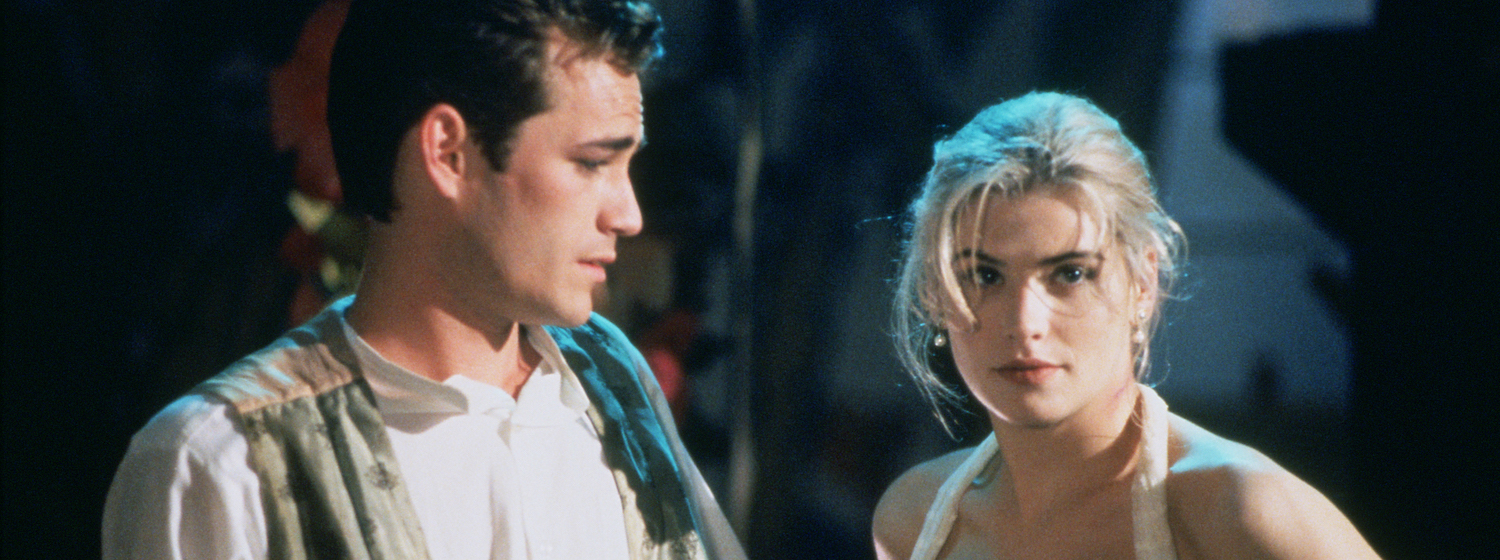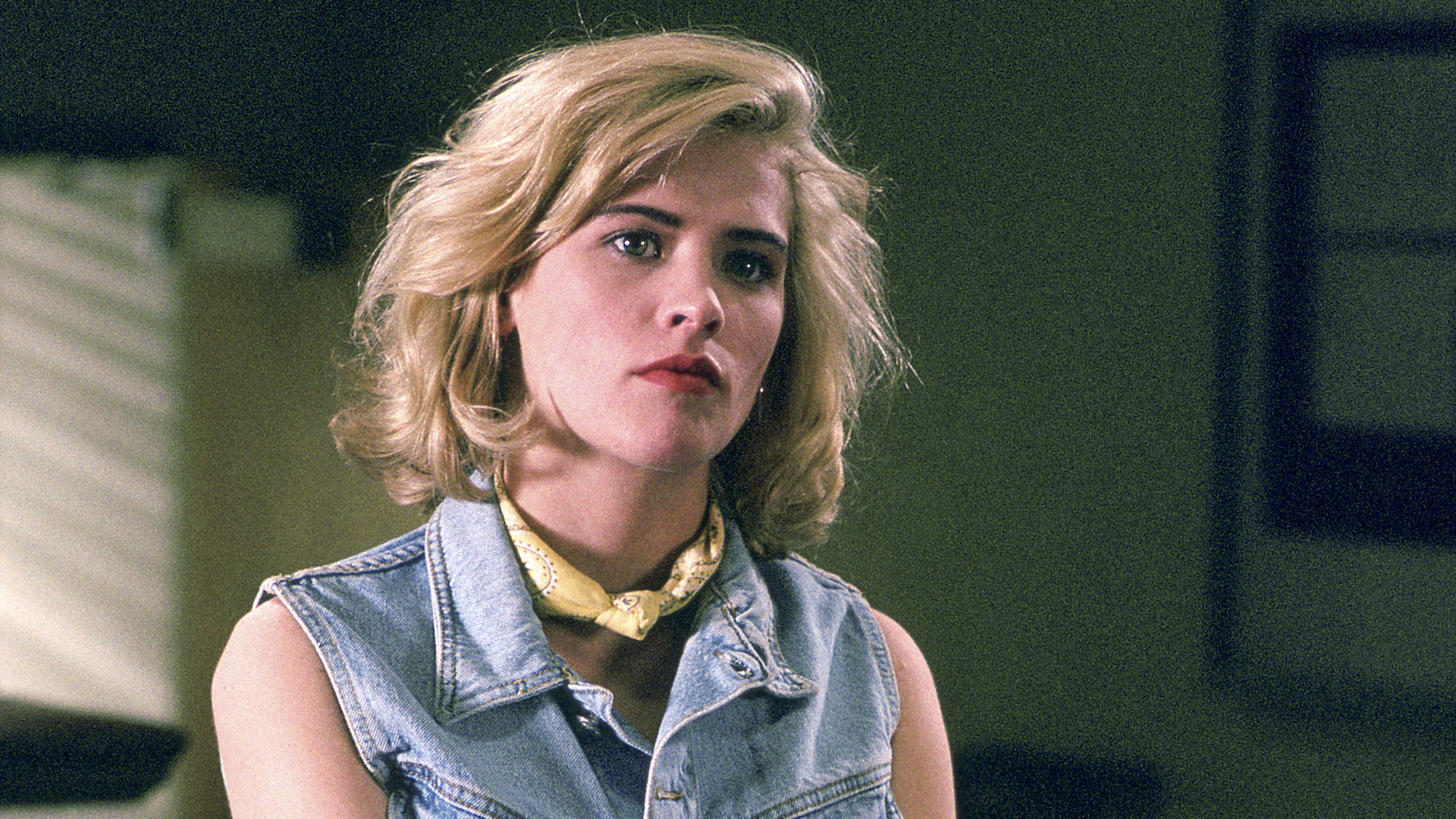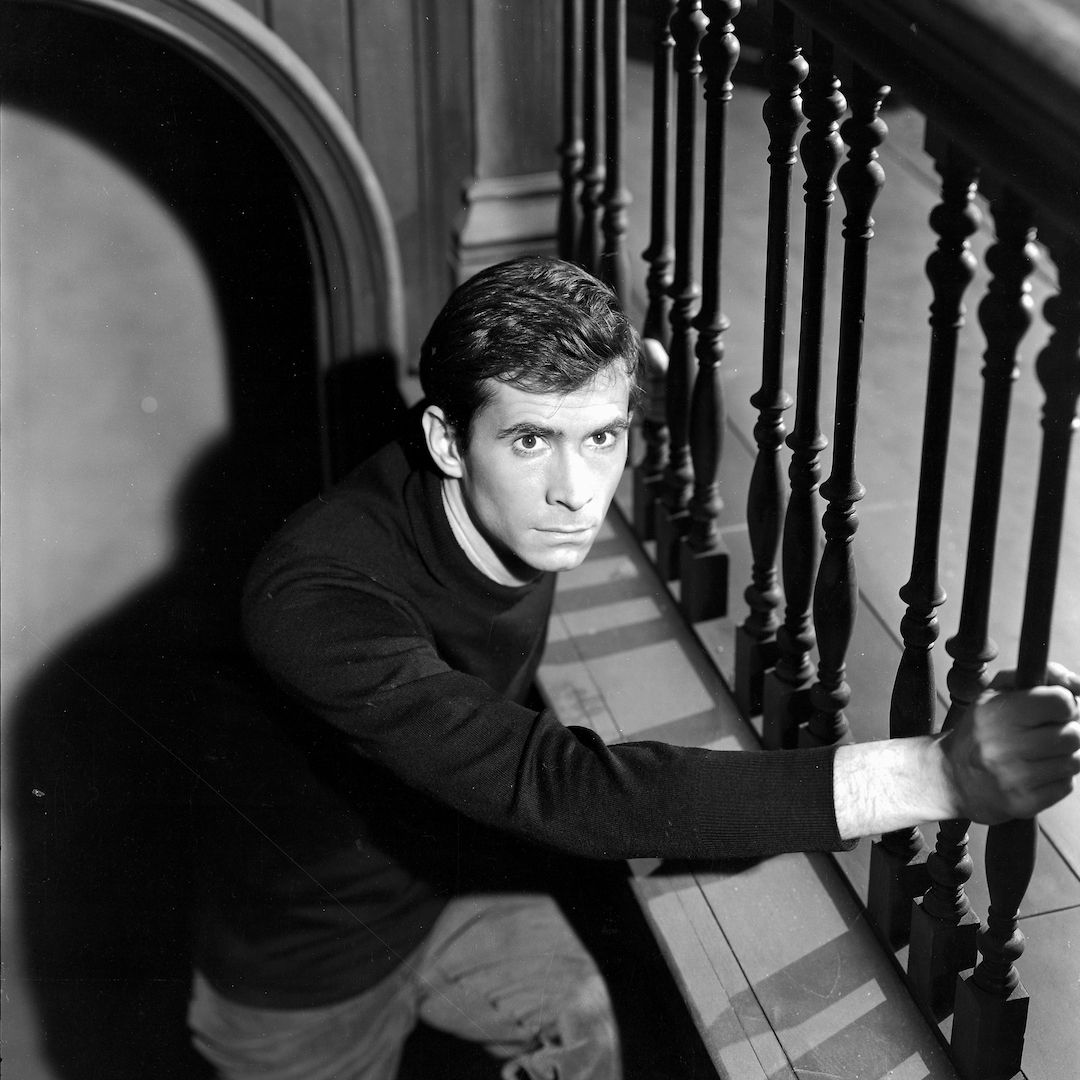Buffy the Vampire Slayer: The Cult Film that Launched the Hit Series
October 15, 2018 By Go BackOpening to middling box office and critical response upon its 1992 release, Buffy the Vampire Slayer didn’t exactly scream franchise, especially well ahead of the vampiric golden age of film and television. A seemingly vapid valley girl, Buffy was an unlikely hero, and challenged the trope of a helpless blonde needing rescuing. The movie turned out to be just the beginning.
Joss Whedon, who would later create the television series of the same name, wrote Buffy’s screenplay but lost control of the project to director Fran Rubel Kuzui and her producing partner husband Kaz Kuzui. Frustrated by their choices (including cutting many of his jokes and giving Donald Sutherland free reign), Whedon would vehemently disavow Buffy the movie, leaving his role as a production consultant partway through the shoot. Whedon would like to make it clear that the film is not canon (though the screenplay would later be adapted into a graphic novel ‘The Origin’, which he does accept as canonical).
The series does build somewhat on the film – as the show begins, Buffy is a transfer student from a Los Angeles high school with a suspicious discipline record, and she once again joins the cheerleading squad. Both are gifts from the wonder that is Dolly Parton, produced by her company Sandollar Productions. Many of the rules and conventions around vampires shift from film to series, though – whether a budgetary limitation or artistic choice, the film’s vampires simply fall to the ground upon their deaths, rather than turning to dust, in the finest CGI the late 1990s had to offer. In the film, “once you go vamp, you never go back,” their faces permanently altered, conspicuous fangs and all, compared to an occasional morph into attack mode in the show. Regrettably, Buffy’s menstrual cramps as an indicator of nearby vampires did not make the jump to TV. While keeping a focus on vampires, the series’ longevity demanded a diversification in villains, and saw all manner of demonic and supernatural foes.
Beyond relatively minor points of continuity, Rubel Kuzui’s Buffy is decidedly lighter than the series, though the campy first season makes for a reasonable segue. Kristy Swanson’s Buffy is brattier and rather one-note when compared to the definitive version played by Sarah Michelle Gellar, though it’s hard to fault her – 90 minutes vs. 7 seasons of character development isn’t a fair fight. Seth Green and Chi Muoi Lo are the only actors to appear in Buffy both film and television, both with minor roles as vampires. Whedon took particular exception to Donald Sutherland’s portrayal of Buffy’s watcher, often ad-libbing lines and refusing to stick to Whedon’s script. The supporting cast is extremely of the era – Luke Perry on a brief loan from Beverley Hills 90210, Paul Reubens in one of his first appearances following his 1991 arrest, David Arquette being David Arquette, and Hillary Swank in her first film role.
Buffy spawned not only the beloved series, but also the long-running spin-off Angel (Rebel Kuzui and Kuzui credited as executive producers for both shows, one would imagine contractually and against Whedon’s wishes). Beyond the screen, Buffy’s world has extended into an extensive array of comics, novels and video games. Whedon has been cagey about the idea of a reboot for years, and has kept himself busy writing and directing film and television for Marvel. Recently however, it seems increasingly likely that Buffy will be back, with a new reboot in development under Whedon’s guidance. While Whedon’s endorsement is promising, whether fans will embrace a new slayer and Scoobie Gang remains to be seen.
Find the next playtimes for Buffy the Vampire Slayer on Hollywood Suite.












 Follow us on Instagram
Follow us on Instagram